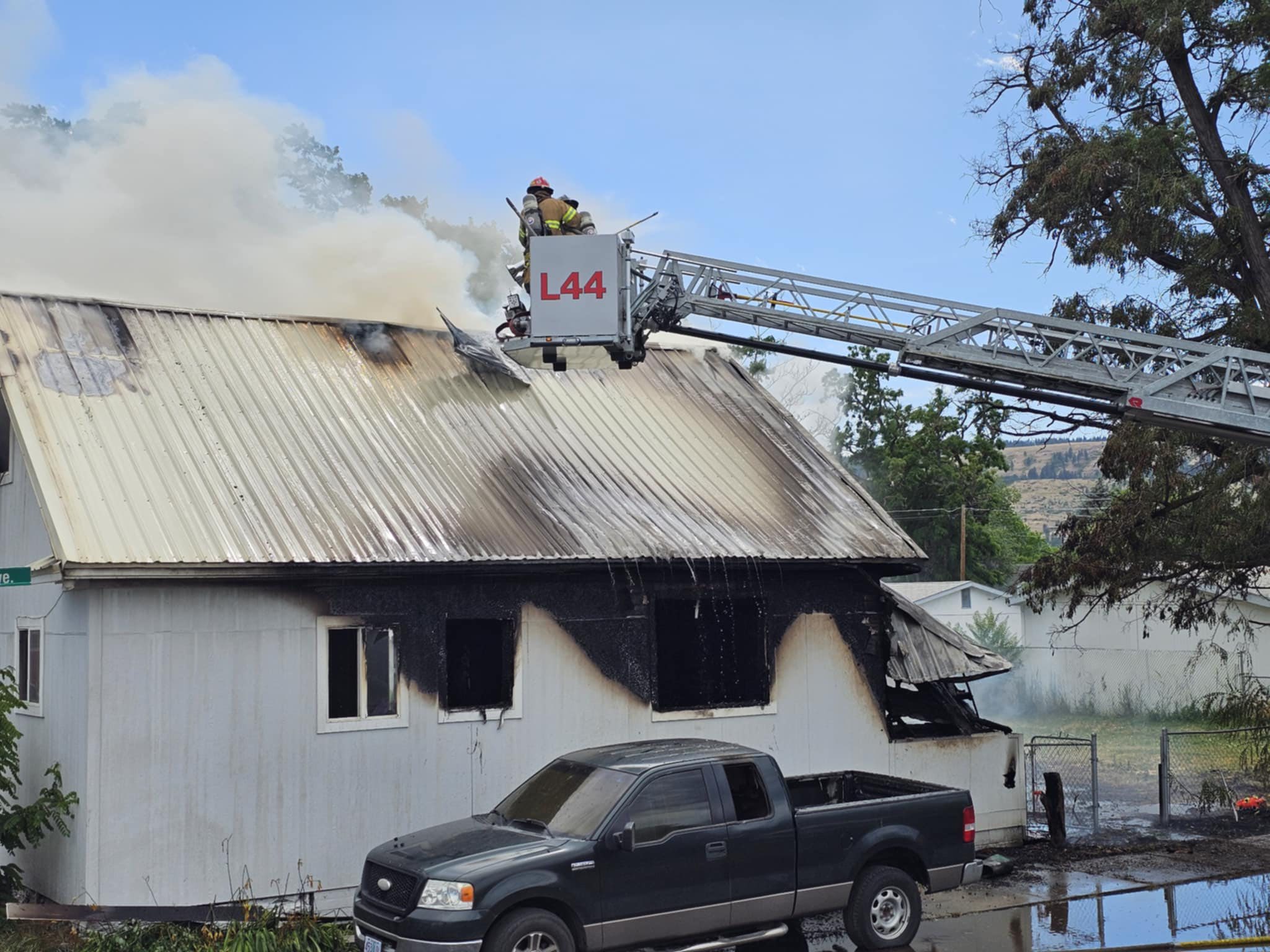La Nina dominates NOAA’s winter outlook
Published 7:00 pm Monday, October 24, 2022

- DJ winter temperature outlook(1).jpg
SALEM — Drought conditions in Washington, Idaho and Oregon should improve this winter but worsen in much of the West, the National Oceanic and Atmospheric Administration predicted Thursday, Oct. 20.
Trending
NOAA primarily based its outlook for December, January and February on a La Nina expected to prevail for a third straight winter.
La Nina winters are typically cold and wet in the northern U.S., but warm and dry in the southern U.S. La Nina’s effects are most pronounced in the Lower 48 in far north or far south.
For regions in between, such as Southern Oregon, Southern Idaho and Northern California, La Nina winters can be mild, harsh or average. Climatologists consider it a toss-up.
Trending
Drought conditions in much of Eastern Oregon and Northwestern California should improve, but not disappear, according to forecasters. Drought likely will be erased in Washington, Northern Oregon and much of Idaho.
Washington irrigators are among La Nina’s biggest beneficiaries. The ingredients for a large snowpack, below-average temperatures and above-average precipitation are likely for the state, according to NOAA.
Winter will vary greatly along the West Coast, said Jon Gottschalk, chief of the Climate Prediction Center’s forecasting branch.
“As you go farther to the north, we feel that there is more likelihood for above-normal precipitation there,” he said.
Drought likely will worsen in Southern California, the Southwest and the Great Plains, and develop in the Southeast and in Southern Texas, forecasters said.
A third-straight La Nina winter is rare. Since 1950, it’s happened two other times. The last time was the winter of 2000-2001. The La Nina was weak and the snowpack was below average.
The time before, the winter of 1975-1976, the La Nina was strong and the snowpack was above average.
This La Nina probably will be a “moderate event,” but a La Nina’s strength doesn’t fine-tune forecasts, Gottschalk said.
“With La Ninas, to be honest, there is not much predictability in impacts (based on) whether they are weak, moderate or strong,” he said.
A hot and dry summer and fall have brought on drought in Washington after an extremely cold and wet spring.
Some 61% of the state was in a drought Thursday, the U.S. Drought Monitor reported. Much of Western Washington was in a “severe” drought.
Drought conditions are more widespread and deeper in Oregon. Some 80% of the state is in a drought. Portions of Eastern Oregon are in “extreme” or “exceptional” drought.
The region should get relief soon, NOAA drought forecaster Brad Pugh said.
“Right now, we’re seeing a major pattern change unfolding near the West Coast,” he said. “It looks like a much wetter pattern for Washington, Oregon during late October until at least the beginning of November.”
La Ninas are triggered by below-average sea-surface temperatures in the Pacific Ocean. El Ninos are caused by warm seas. Washington’s 2015 snowpack was during an El Nino.
La Nina influences the weather over an entire season. Shorter-term events, such as “atmospheric rivers,” also will influence whether an area has a wet or dry winter, climatologists said.
Ocean temperatures in the north Pacific also could affect the seasonal weather, they said.









